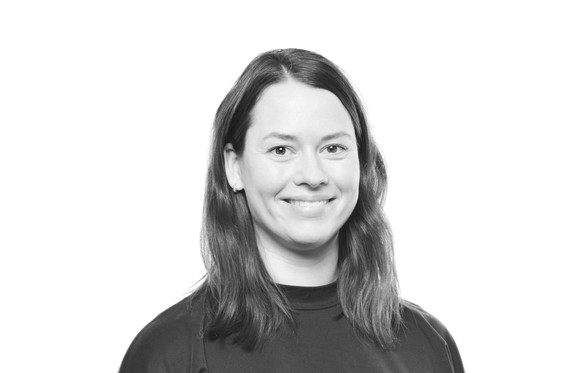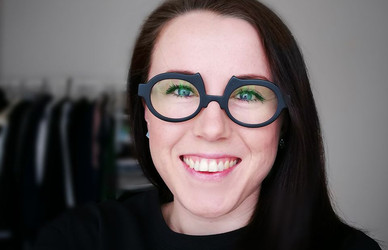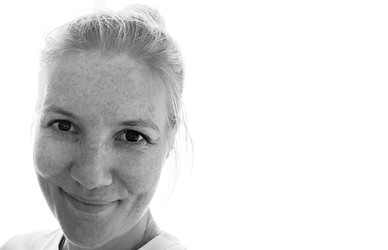Children feel pressured when there is no correct answer
“Draw a round shape. A line. Some dots……” An artist stands in front of a group of 2nd grade primary school students in Lejre Municipality and asks them to draw the figure they think is hidden in the artist's back pocket. But the artist's pocket is empty. The exercise involves trying to work in the uncertain and abstract, and several of the students get upset and cry out of sheer fear of delivering a wrong result.
- But the whole point is that there is no conclusion, says Rector at Design School Kolding, Professor and PhD. Lene Tanggaard.
Together with Assistant Professor and PhD Karen Feder, Research Assistant Maria Lyndgaard and Teaching Associate Professor Laila Grøn Truelsen - all from Design School Kolding – she has written the article 'When design creates new opportunities in school' for Unge Pædagoger's theme issue on design didactics.
The article focuses on how, with a child-centred approach, design can be used for didactic and educational purposes, and not least - how design can handle unpredictability by experimenting with finding possible solutions.
It was the students' reaction to the exercise of working in the unknown that made a deep impression on the researchers.
- The fact that the children feel pressured and some get upset makes us ask whether is a sign that the children's ability to be in the uncertain and abstract is being extinguished in school, in the pursuit of the 'right' answers, says Lene Tanggaard.
Framework for more imagination
The article, which is based on Design School Kolding's research and development projects in design and pedagogy in a number of Funen and Zealand schools, argues why the use of design in teaching must and should be an important part of the children's life and development in school.
It is an ambition that aligns with the primary school's purpose of creating a framework for the development of students' cognition and imagination, state the article's authors.
- But it takes practice. After all, many professionals work in a school that is characterized by being goal-oriented. And it requires that you move away from the pedagogy of the right answer and towards teaching both the professionals and the children and students that the answer may be found in a different place than they originally thought, says Lene Tanggaard.
The authors have used child-centred methods for collecting data. For example, the students have had to describe their experiences in the form of a letter addressed to someone they care about.
The article is one of several that focus on design didactics and how the teacher can frame a lesson where students learn through the design of physical or digital artefacts. Learning through design processes and learning about design plays an increasingly important role in primary school education, because of the fact that in 2014 the subject of knitting and needlework was transformed into craft and design, and the experimental subject of technology understanding was established in 2018.
Facts
The theme issue 'Design didactics - how do students learn when they design?', has been published by the association Unge Pædagoger and can be purchased here.
'When design creates new opportunities in school' is peer reviewed and written by Rector and PhD Lene Tanggaard, Assistant Professor and PhD Karen Feder, Research Assistant Maria Lyndgaard Teaching Associate Professor Laila Grøn Truelsen – all from Design School Kolding.
The Zealand schools surveyed are part of Kulturregion's Children's Culture Initiative "Kumult".
In addition, PhD and Associate Professor Sofie Kinch contributed to the article 'No Filter Society: When the future is knocking' on digital empowerment in the subject of understanding technology.








